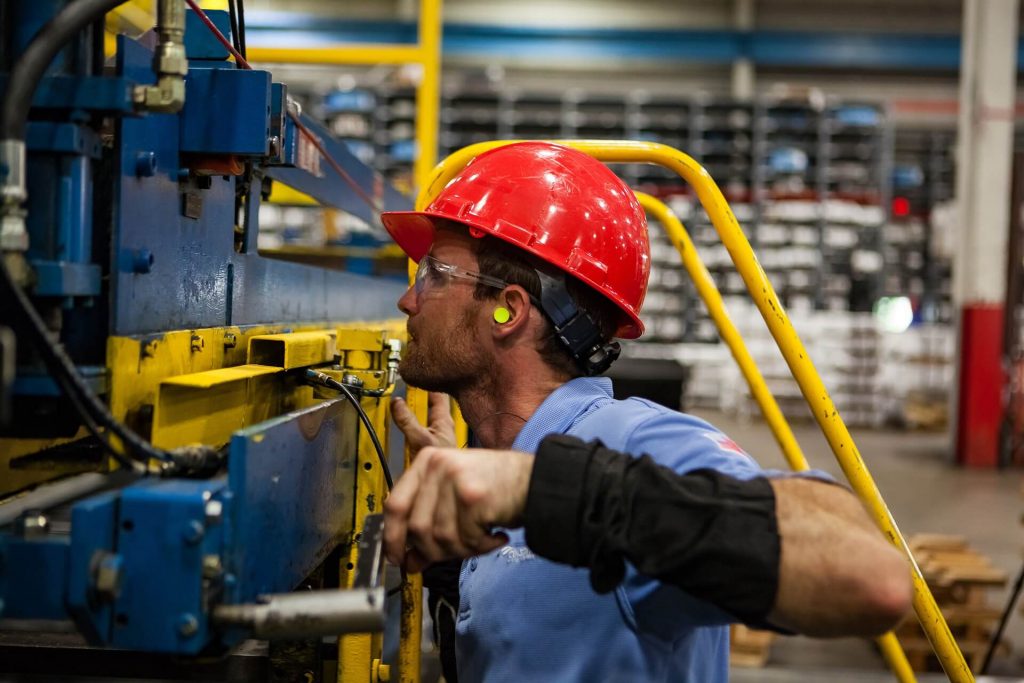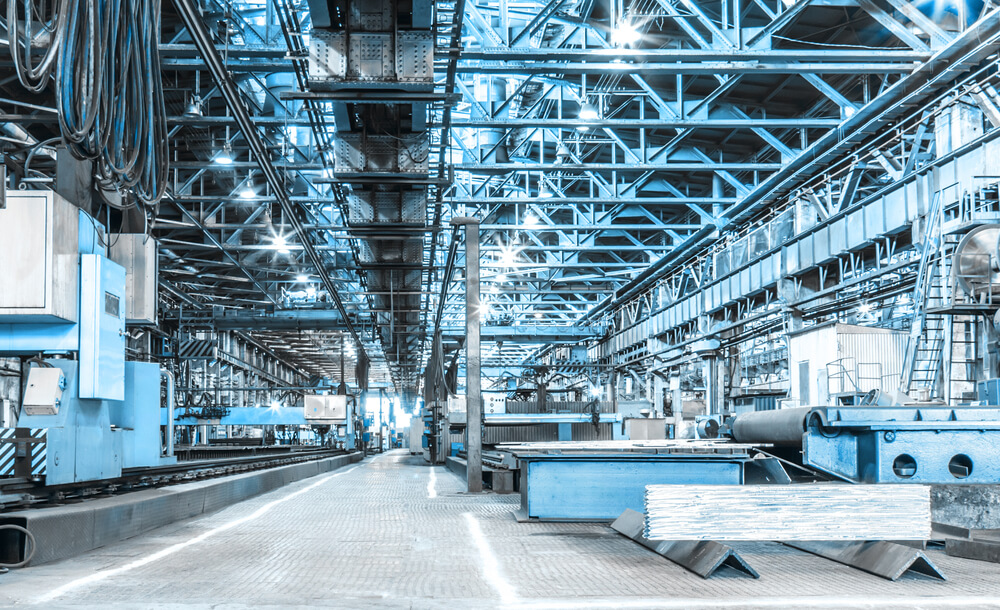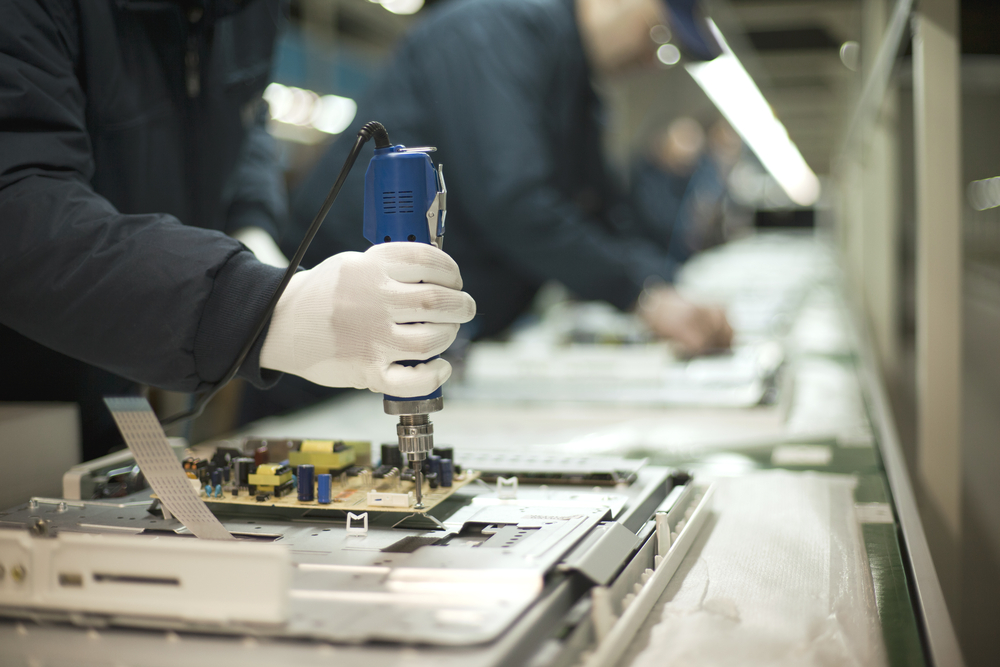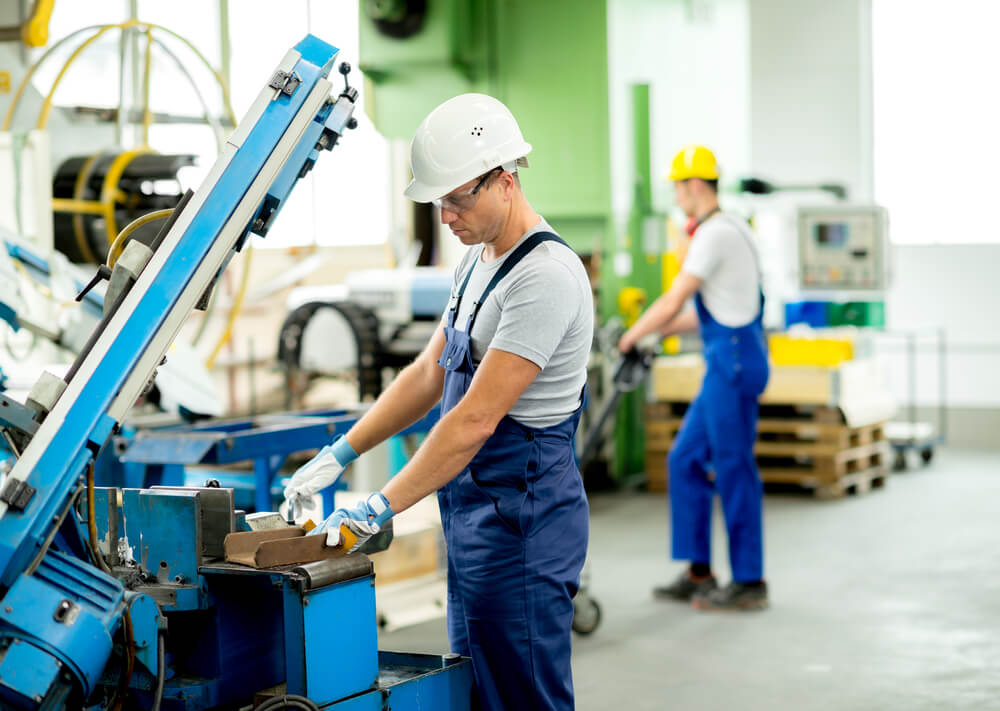Week 28 in Manufacturing News
U.S. Vs. China Manufacturing: How AI Will Shape The Landscape; Predictions, Prophets, and Restarting Your Manufacturing Business Amid COVID-19; US Manufacturing Index Revs Up in June: Here’s What It Means; Germany: Supply chains after COVID-19.

U.S. Vs. China Manufacturing: How AI Will Shape The Landscape
Industrial manufacturing is undoubtedly a strong economic catalyst in both the United States and China. Artificial Intelligence represents an opportunity to not only revolutionize the industrial manufacturing space, but drive economic transformation and growth as well.
Source: Robotics Business Review
Predictions, Prophets, and Restarting Your Manufacturing Business Amid COVID-19
The global supply chain got disrupted because of coronavirus, and since it originated in China, which is considered as the biggest manufacturing market globally, the ability of the manufacturing industry to meet the needs of the customers came down significantly.
Source: Global Trade
US Manufacturing Index Revs Up in June: Here’s What It Means
According to ISM’s release, of the 17 manufacturing industries, 13 witnessed growth in June. Textile mills; wood products; furniture & related products; printing & related support activities; apparel, leather & allied products; food, beverage & tobacco products; computer & electronic products; plastics & rubber products; chemical products; miscellaneous manufacturing; non-metallic mineral products; paper products; and electrical equipment, appliances & components were the winning industries.
Source: Yahoo! finance
Germany: Supply Chains After COVID-19
Over the past decades, German enterprises have been offshoring activities to low-wage countries to improve cost efficiency. Several events have contributed to this, such as the fall of the Iron Curtain, the development of container shipping, and China’s integration into the WTO.
The development of global value chains has increased the interconnectedness of manufacturing sectors between countries. Between 1991 and 2018, imports of intermediate inputs of the German manufacturing sector grew by around 5% per annum.
Source: FXstreet


